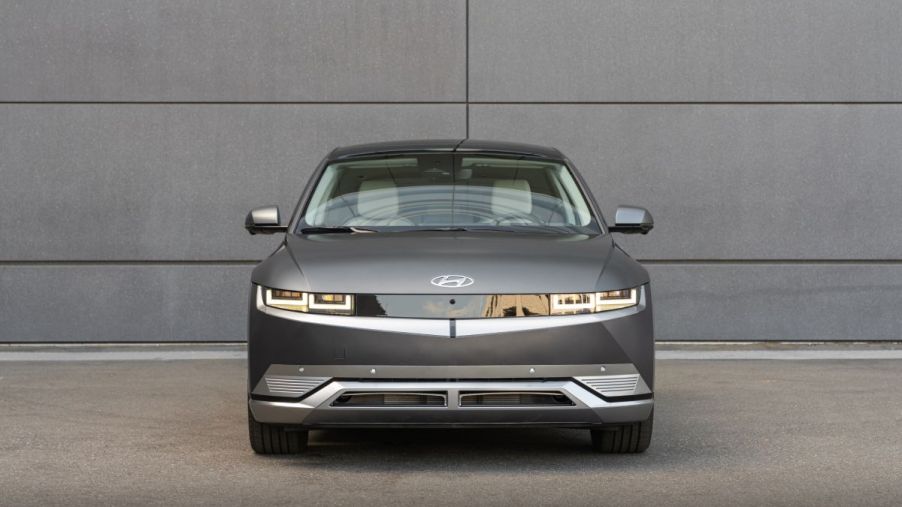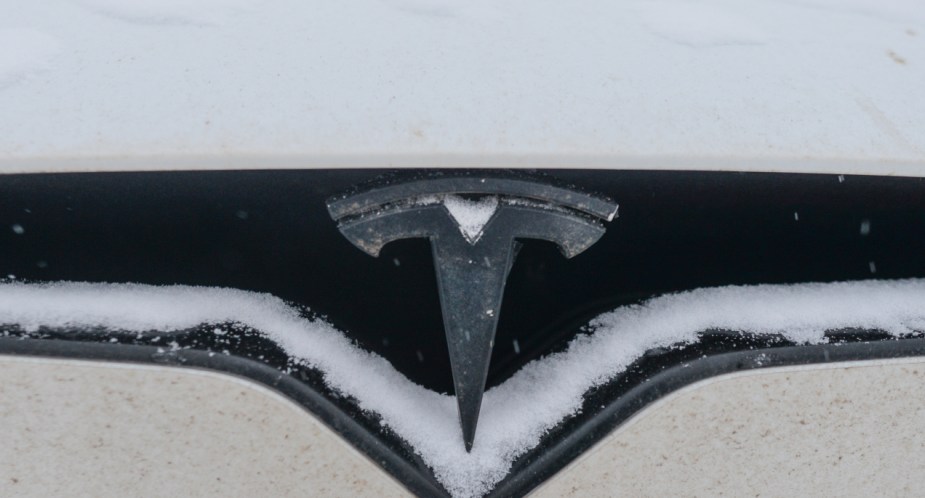
Winter Is Coming: New EV Nameplates Will Be Battle-Tested
Winter is coming (for Game of Thrones fans and other Americans). Winter officially begins on December 21st in the Northern Hemisphere. This means it’s time to break out the shovels, snow brushes, and ice scrapers for millions of drivers. Electric vehicle drivers could struggle with some problems unique to their vehicles. Here’s why electric vehicle nameplates will be battle-tested this winter.
Extreme temperatures are the arch-nemesis of electric vehicle batteries

Automakers are gradually increasing electric vehicle driving ranges. Today, EVs with under 200 miles of driving range are considered inferior. Range around 220 miles has become the norm for base model electric vehicles. Extended-range models can easily travel for over 250 miles.
These driving range estimates are rarely conservative. In fact, many estimated driving ranges are higher than real-world driving ranges. Most ranges are calculated assuming driving conditions are optimal, but how do electric vehicles handle the stress of extreme temperatures?
According to Electrek, Tesla, one of the current leaders in the EV space, has experienced issues with cold weather. Many Tesla drivers have been completely immobilized while driving in extreme cold. Some have lost the ability to heat up their cabins due to heat pump failures and other issues. Winter can be a scary time for EV drivers.
Many electric vehicles lose battery capacity quicker during the winter, which reduces their total driving range. This winter, some EVs will inevitably lose mobility, lose the ability to keep occupants warm, and experience driving range issues.
Winter 2023 will be the ultimate stress test for some EVs

Several electric vehicle nameplates have been introduced in the past few years. Some drivers will be facing their first winter with an electric vehicle in the months to come.
Winter 2023 will determine which nameplates are prepared for severe changes in temperature and which nameplates need recalls. The 2022 Hyundai Ioniq 5 won the title of World Car of the Year, but how will the electric small SUV hold up in freezing temperatures? If a seasoned electric vehicle producer like Tesla had issues, there’s little doubt that other brands could face problems with low temperatures as well.
The Toyota bZ4X could shine in winter 2023
Toyota claims that the bZ4X small electric SUV was specifically designed to deal with common EV issues. It uses a heating system that consumes less electricity than some rivals. The bZ4X’s batteries are temperature-controlled. It even features battery cooling in extreme heat to avoid overheating. Automakers like General Motors learned that EV overheating could be a dangerous issue the hard way.
The Japanese automaker also claims that its smaller electric SUV’s range is reliable in “harsh conditions”, suggesting that the bZ4X won’t lose driving range in extreme heat or cold. If these claims are true, then the 2023 Toyota bZ4X could be one of the most reliable electric vehicles on the market this winter.
Cold temperatures could make or break some of the most popular electric vehicle nameplates this winter. Which EVs will rise to the challenge, and which will freeze up?



